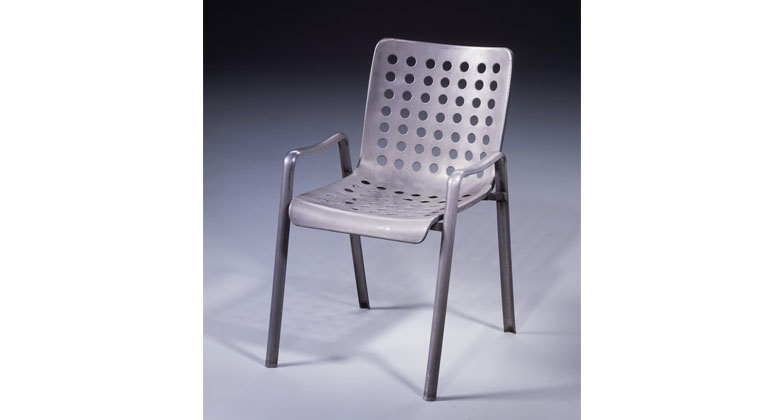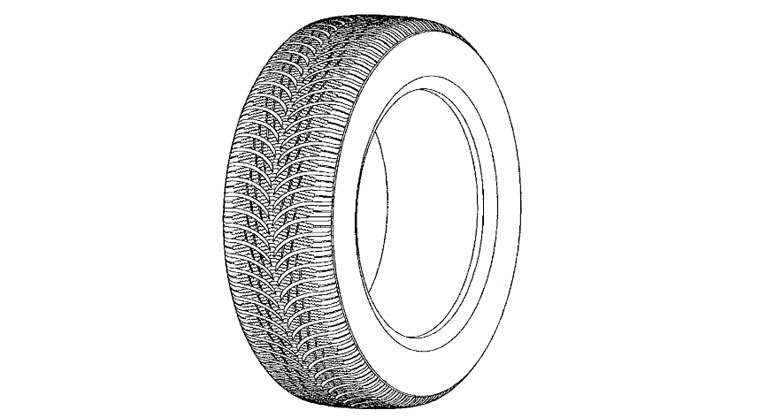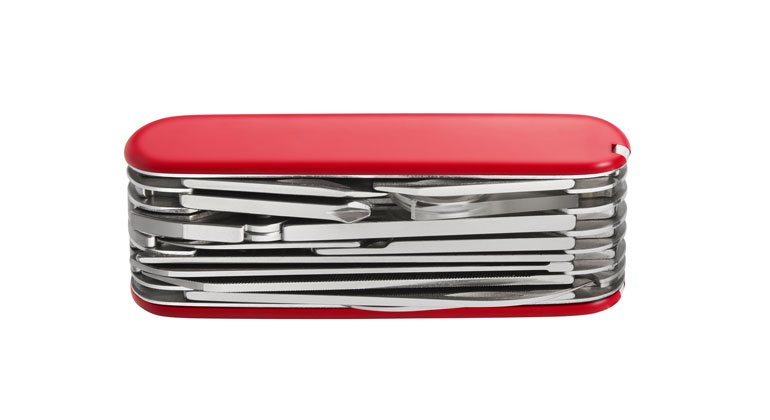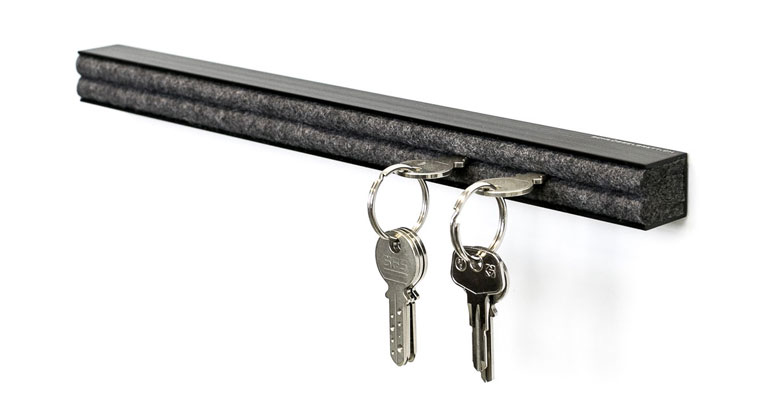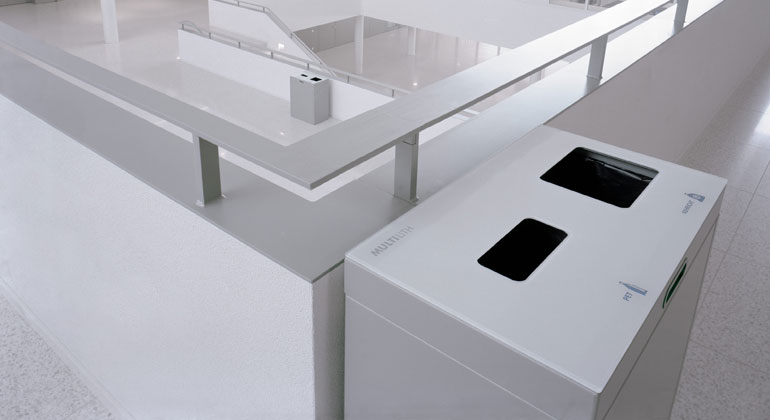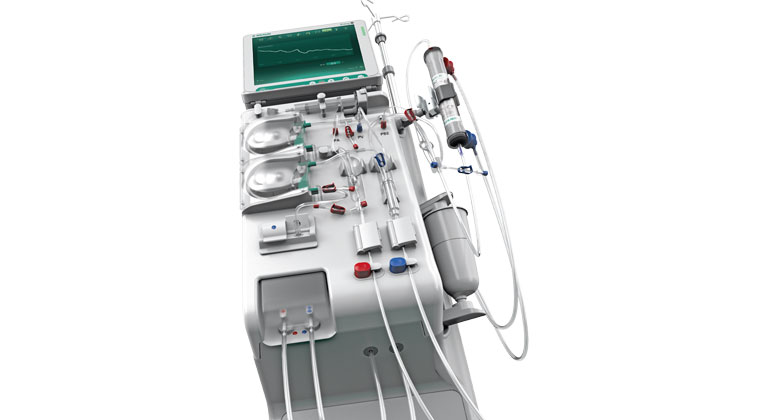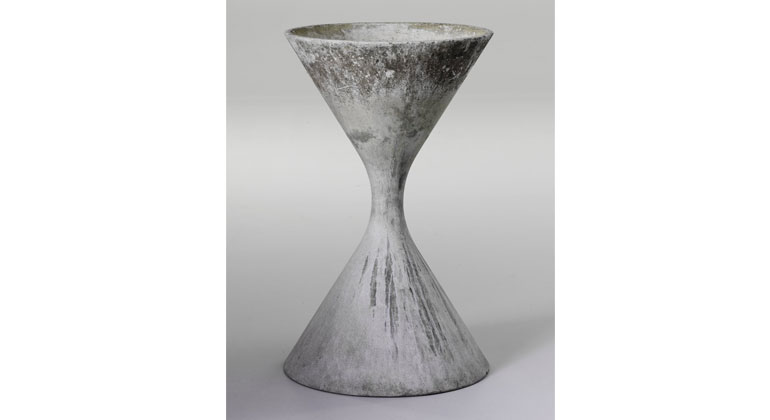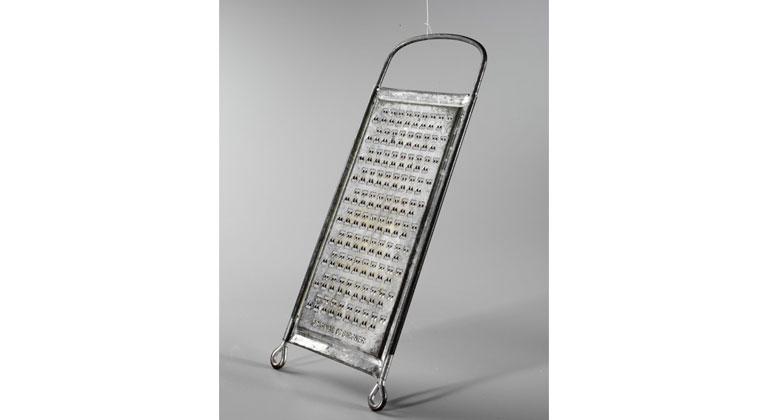Innovative products with high-quality designs continue to be made nowadays by many Swiss companies. Some designs are purely for aesthetic purposes and others discreetly assist us in our everyday lives thanks to their form and functionality?–?we may not even notice their design. Tyre treads, shoes and exercise equipment are all examples of this. However, well thought-out, deliberate product design also plays an important role in the medical technology and industrial sectors. It facilitates handling and improves safety. Design is also a distinguishing feature of a brand.
In principle, design should serve us by contributing to a better quality of life, says design expert Wolfgang K. Meyer-Hayoz. For almost 35 years, his company in Winterthur has been advising enterprises on design and guiding them from concept development through to the final product. Several designs that they created in collaboration with clients have been internationally recognised.



